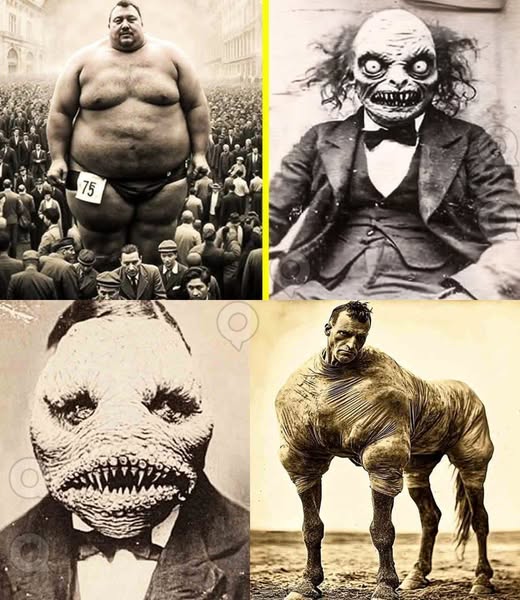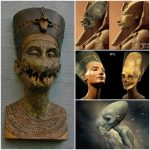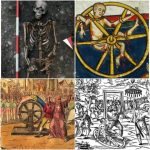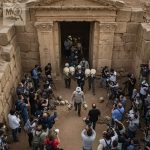Forbidden Circus Oddities: Shockingly Real Historical Images

The circus has long been a symbol of entertainment, wonder, and spectacle, drawing audiences into a world of dazzling performances and extraordinary talent. Yet hidden behind the bright lights and joyous fanfare was a darker, more unsettling side—the forbidden circus. Recent discoveries of rare, unseen photographs are now revealing performers and exhibits that blurred the line between reality and the macabre, offering a haunting glimpse into this hidden chapter of entertainment history.
Unearthing the Forbidden Circus

Historical archives and private collections have unveiled photographs and documentation of circuses that operated on the fringes of society. Unlike mainstream shows, these forbidden circuses featured individuals with extraordinary physical traits, unusual abilities, and shocking anomalies. From people with extreme height differences to those exhibiting rare medical conditions, the performers were both celebrated and exploited for public curiosity.
The rediscovered images are remarkable in their detail. They capture performers posed in ways that highlight their uniqueness, yet also convey a sense of dignity and humanity. Each photograph serves as a window into a bygone era, where fascination with the unusual intersected with societal fears, superstition, and curiosity.
The Performers and Their Stories
The forbidden circus showcased a range of human oddities. Bearded women, individuals with elongated limbs, and families with unique genetic traits performed before audiences eager for spectacle. In addition, there were exhibitions of “hybrid” creatures, such as conjoined twins or performers with extreme deformities, who became living symbols of both wonder and societal fear.
While these performances were often exploitative, they also offered performers a livelihood, community, and a form of recognition in a world that might otherwise have marginalized them. The photographs remind modern viewers of the complex social dynamics of the era—how fascination, entertainment, and human dignity intertwined in unexpected ways.
Historical and Cultural Significance

Beyond the shock factor, the forbidden circus provides invaluable insight into historical attitudes toward human difference, medicine, and entertainment. It reflects the societal boundaries of normalcy and taboo, revealing how communities navigated curiosity and morality. The artifacts and images allow historians to study cultural norms, gender roles, and the evolution of public spectacle in a way that textual records alone cannot.
Furthermore, these photographs demonstrate the artistry and staging behind the forbidden circus. From elaborate backdrops to carefully crafted costumes, the images capture a meticulous effort to create visual drama, enhancing the appeal and impact of the performances.
Conclusion
The forbidden circus stands as a testament to humanity’s fascination with the unusual and the extraordinary. Through rare photographs and historical documentation, we gain a glimpse into a world that was equal parts wonder and horror, curiosity and fear. These rediscovered images illuminate the lives of performers who navigated complex social dynamics, revealing stories of resilience, talent, and spectacle that modern audiences can scarcely imagine.
Exploring the forbidden circus is more than a journey into historical oddities—it is a reflection on how society has defined normalcy, celebrated uniqueness, and grappled with the extraordinary. By revisiting these images, we honor the legacy of performers who captivated audiences, challenged perceptions, and remain etched in the haunting history of human entertainment.











